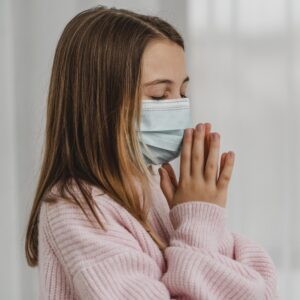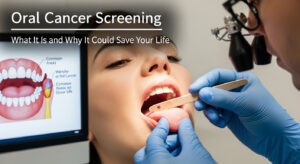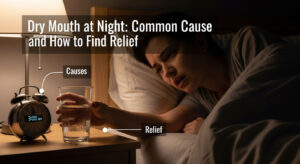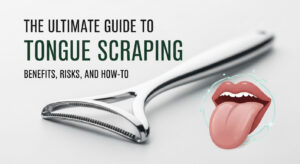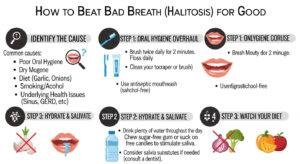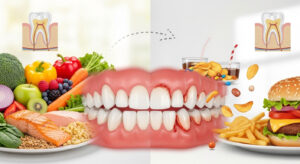Author: nearmedental
Stats: research shows that approximately 38 million Americans used teeth whitening treatments in 2019. This number is projected to increase to approximately 39 million by the year 2023.
Teeth whitening is also called teeth bleaching. This is a process whereby the dentist uses professional whitening products to restore your teeth to their original white color to make your smile look new. The process is very effective and eliminates any stains on your enamel.
However, just like any other treatment out there, there are a few factors that will dictate the outcome of any teeth whitening procedure.
The Original Teeth Color
The color of the teeth before staining set in will definitely affect the final shade of the whitening. Some shades respond poorly to teeth whitening and need stronger methods. For instance, a grayish shade due to the use of tetracycline or a brown shade due to overexposure to fluoride don’t respond so well to whitening procedures, and this might require a series of treatments to make them white.
Yellowish staining is easier to handle and gives the best results.
Duration of Treatment
Teeth whitening procedures come with a set of instructions that have to be followed for them to be effective. If you don’t follow the instructions to the latter, the results might not be as good as you need them to be.
All the teeth whitening stages need to be followed as set down for you to achieve the perfect results. Whitening performed in the dental office needs to be completed within a certain time duration, the reason why you need to schedule a time when you aren’t busy.
The Type of Whitening Agent You Choose
The method of teeth whitening method you use will determine the results you get. Dental office teeth whitening procedures give a better treatment option than the use of home remedies for whitening. Additionally, a shorter amount of time is required to make the teeth whiter.
Using in-house teeth whitening makes it easier for you to achieve optimal results, because the percentage of the whitening agent is higher compared to over the counter remedies, giving you better results.
Your Lifestyle Habits
Your lifestyle dictates the kind of results you end up with. The kind of habits you adopt after the teeth whitening procedure goes a long way in determining the results you get and how long the treatment lasts.
Smoking and the use of other tobacco products should be avoided after the procedure to prevent stains from developing on the enamel. Additionally, stay away from dark-coloured drinks such as coffee, soda and wine.
The Condition of the Teeth
The condition of the teeth plays a huge role in the effectiveness of the treatment. If you have plaque buildup and cavities, the teeth won’t whiten as well as they need to. Teeth whitening works better when the surface of the teeth is free of deposits.
This is why it is usually advisable to have your teeth cleaned thoroughly to create an ideal foundation for teeth whitening.
The Surface of the Teeth
Professional teeth whitening products work best on natural teeth material and not on artificial teeth. So, if you have veneers, caps and porcelain, they won’t give you the best results.
Surfaces with thick enamel or calcium deposits are more difficult to whiten as compared to thin ones. This is because whitening products will penetrate thinner surfaces faster than thicker surfaces.
Age
Teeth whitening works best on kids that are over the age of 16 years. Any child below this age will experience uneven shades because their teeth are still growing. Older adults also find it hard to achieve a perfect teeth whitening because of deterioration in their dental tissues.
Conclusion
You need to receive teeth whitening treatment from a qualified and highly experienced dentist. This results in reduced gum irritation and tooth sensitivity that ensures safety and quality services. Do you deserve a winning smile? Book an appointment for initial consultation so that we can prepare for teeth whitening plan for you. This plan will help you get the best outcome from the procedure within the shortest period.

